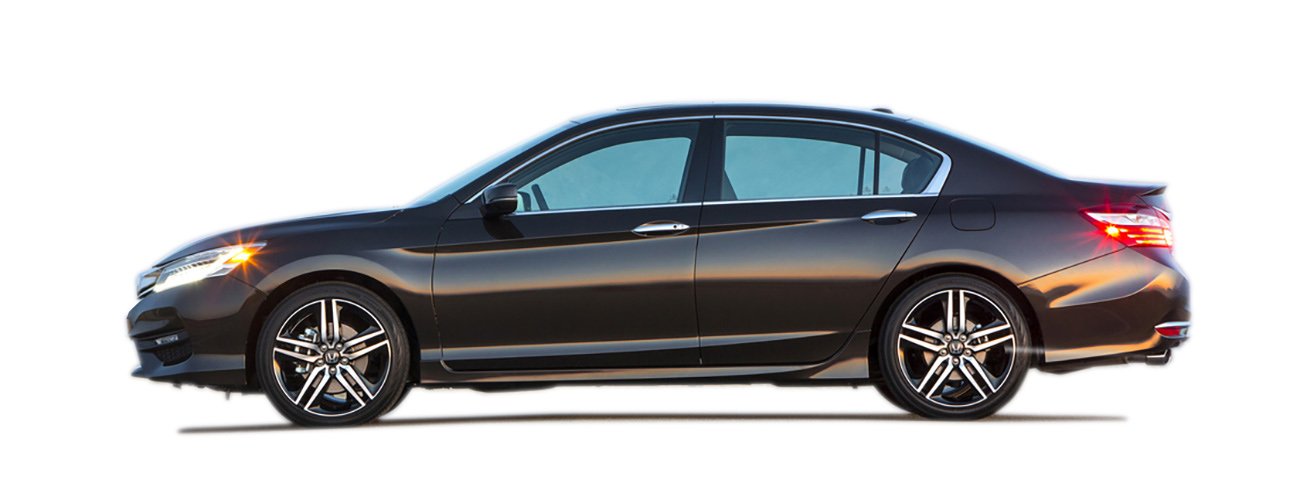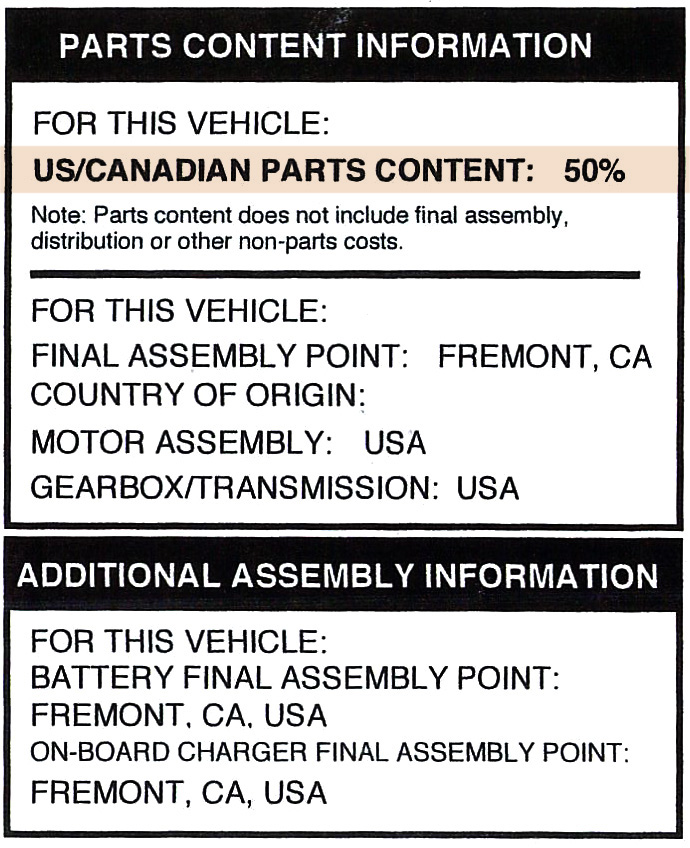Taxes and NAFTA: Can Trump’s cure for American manufacturing bolster the auto industry?
President Trump is not a fan of recent trade deals.
He condemned the Trans-Pacific Partnership (TPP) during the campaign and called the North American Free Trade Agreement (NAFTA) "the worst trade deal maybe ever signed anywhere."
Since being elected he has signaled a move toward more protectionist policies, suggesting at one point a border tax of 20% on imported goods. On April 26, administration officials said that President Trump was considering a withdrawal out of the trade agreement. But the president later told Mexican and Canadian leaders that he is ready to begin renegotiating NAFTA instead of ending it. Regardless, any policy change would affect the auto industry differently than in the past.
The U.S. auto industry is now intricately tied into a global web of factories, supply chains and international markets. This process started years before NAFTA and accelerated after the 2009 financial crisis.
“Today, you can walk into a dealership in the United States and buy a car that was built in Poland, Hungary, the Netherlands, Thailand, China and in several other countries,” said Bernard Swiecki, senior automotive analyst at the Center for Automotive Research (CAR), a nonprofit automotive research organization.
Or you can buy a Camry built in Kentucky.
Why the most ‘American’ car is a Toyota
The Toyota Camry supported more U.S. assembly-plant jobs in 2016 than any other car, based on sales, parts and place of final assembly. When including exports, the Honda Accord shot to the top, according to Cars.com, which uses various factors to rank the most American-made cars.


A primary consideration is the use of domestic parts made in the U.S. and Canada as a percentage, based on cost. These have been listed on the so-called Monroney sticker since 1994. “The American Automobile Labeling Act, while imperfect, is the only ratings system that the public can see on any new car or truck,” according to Kelsey Mays, a senior editor at Cars.com.

Yet, that percentage has little effect on whether a car is “Made in the U.S.A.” As long as final assembly takes place in the states, automakers can make the claim.
The “Big Three” automakers — General Motors, Ford and Chrysler (now the American subsidiary of Fiat Chrysler) — produce many of their vehicles in the U.S., Canada, Mexico and in other countries around the world. The only other domestic nameplate is Tesla, which assembles vehicles in Fremont, Calif.
A border tax added to automobiles built in Mexico -- mostly sedans and small cars that are less popular in the era of relatively cheap gas – would likely raise the price of those vehicles. Taxes on parts would have to be absorbed by the manufacturers, offset by possible tax credits or simply passed on to the customer.
Why Reagan’s protectionism led to Nissans from the South
President Trump may be attempting to channel Ronald Reagan and his trade battles with Japanese automakers.
American automakers were losing ground to Japanese imports in the 1980s, especially with small cars. That's when President Reagan imposed "voluntary" quotas on Japanese imports.
"Washington stepped in with import quotas, ostensibly to give Detroit time to revive its small-car plants," according to Bill Hampton of AutoBeat Daily.
Instead, Detroit used the quotas to shore up car prices and profits while production and jobs continued to erode. American automakers shed an estimated 60,000 U.S. jobs from 1982 through 1984, according to an oft-quoted study by Clifford Winston of the Brookings Institution.
The Japanese companies responded by building production plants in the United States to circumvent quotas and to raise political support in Washington. The move created jobs and made it simpler to produce and sell vehicles here.
This does not mean that protectionist policies would have the same effect this time around, simply because the auto industry of the 1980s was not as globally integrated as it is today.
Ending NAFTA doesn’t guarantee the return of automotive jobs
Manufacturers design their vehicles based on similar consumer tastes and similar regulations worldwide, according to Swiecki of the Center for Automotive Research.
American-owned factories in countries other than Mexico are already building on the same platforms. So moving production from Mexico does not mean that production moves to the U.S.
“Our factories in the U.S. are largely at capacity,” said Swiecki. “Building a new assembly plant costs a minimum of a billion dollars."
"There’s a very good chance that they already have factories elsewhere in the world that are making what they’re making in Mexico.”
A domestic building boom to absorb Mexican production would require a tremendous amount of capital. It won't happen overnight and is unlikely to happen in the current flat market.
In January, Ford announced it would expand an existing Michigan plant instead of building a $1.6 billion factory in Mexico. But last week the president and CEO of Ford Mexico, Gabriel Lopez, said that two other factories in the country are still scheduled to open this year.
The construction of assembly facilities in Mexico had already begun tapering off in mid-2015, and even earlier in the U.S., according to Swiecki. “This started long before Donald Trump started tweeting about what should be made where.”
Len De Groot and Armand Emamdjomeh contributed to this report.
April 26: Updated with latest comments from the White House.